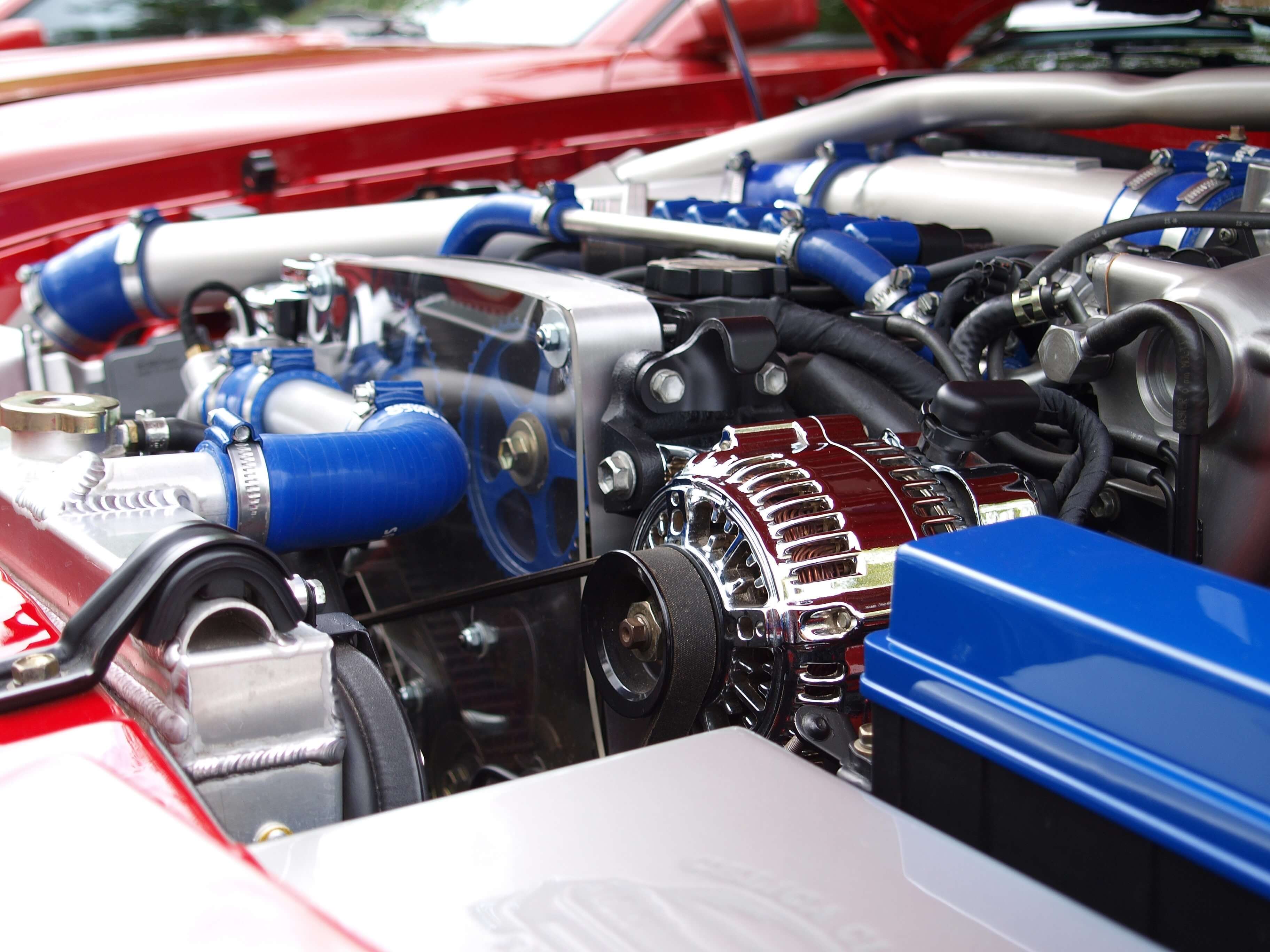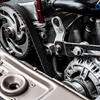A Comprehensive Guide to Importing Modified Auto Parts: Navigating Customs and Logistics

-
Find Reliable Suppliers and Obtain Arrival Notice: The first step in importing auto parts is to find a reliable supplier. Conduct thorough research on potential suppliers by reviewing their reputation, product quality, and customer service. Once the shipment is on its way, you will receive an arrival notice from the airline or courier company, typically notifying you in advance by phone.
-
Engage a Customs Broker and Provide Necessary Information: Since auto parts require a formal or commercial customs declaration, you'll need to find a customs broker to handle the process. Provide the necessary information to the broker, including domestic and international shipper and consignee information, product details, declaration elements, contract, invoice, and packing list. Some parts, such as wheels, may require additional documentation like a foreign quality certificate and size report.
-
Submit Customs Declaration and Pay Taxes: The customs broker will submit the declaration information to customs, which will be reviewed and inspected by customs officials. Upon approval, they will generate a customs declaration form and tax bill. Pay the required taxes and wait for customs clearance.
-
Inspection, Clearance, and Delivery: After clearance, customs will arrange for an inspector to examine the shipment. They will check if the declared quantity matches the actual shipment and if the brand, model, and origin are consistent with the declared information. Once the inspection is approved, the goods can be released from customs supervision and delivered domestically.
-
Apply for an Import License: Auto parts importers generally need to apply for an import license. The application documents include business licenses, electromechanical product import application forms, purchase contracts, and agreements with manufacturers or repair companies (if applicable).
-
Customs Clearance Process for Auto Parts Import: The customs clearance process involves pre-arrival filing, customs declaration after arrival at the port, inspection application, tax payment, clearance, inspection, quarantine inspection, and delivery. It's crucial to follow these steps carefully to avoid delays and penalties at customs.
-
Special Note for Importing Used Auto Parts: Used auto parts cannot be imported. Some auto parts can only be imported under specific conditions. Mixing different types of parts during customs clearance may cause unnecessary trouble.
By understanding import regulations, identifying reliable suppliers, and effectively managing customs and logistics, you can successfully import modified auto parts and grow your business or enhance your vehicle. Stay informed about industry trends and changing regulations to ensure long-term success in the competitive world of auto parts importation.
- Posted in Automotive, Autoparts, Import, Industry, Supplier












